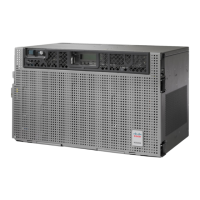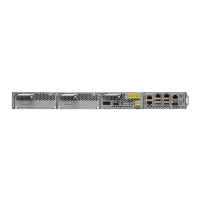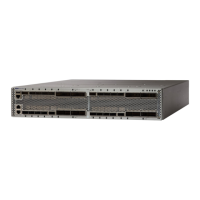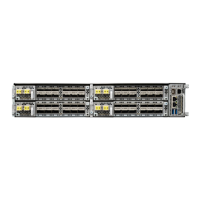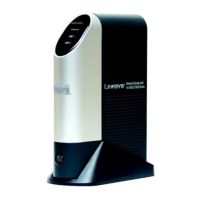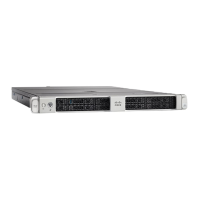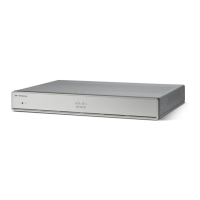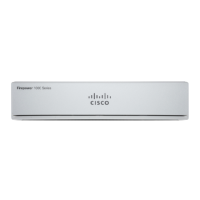Step 2 If the alarm does not clear when the line framing and line coding match between the BITS input and the control card,
complete the Physically Replace a Card, on page 453 procedure for the control card.
If the condition does not clear, log into the Technical Support Website at http://www.cisco.com/c/en/us/support/index.html
for more information or call Cisco TAC (1 800 553-2447).
LOF (TRUNK)
Default Severity: Critical (CR), Service-Affecting (SA)
Logical Object: TRUNK, OCN
The Loss of Frame for the DWDM trunk applies to the trunk optical or electrical signal that is carried to
TXP_MR_10G, TXP_MR_2.5G, TXPP_MR_2.5G, TXP_MR_10E, TXP_MR_10E_C, TXP_MR_10E_L,
MXP_2.5G_10G, ADM-10G and OTU2_XP cards. It indicates that the receiving ONS system has lost frame
delineation in the incoming data from trunk that serves the cards. LOF occurs when the SONET overhead
loses a valid framing pattern for 3 milliseconds. Receiving two consecutive valid A1/A2 framing patterns
clears the alarm.
In R7.01, when an LOF alarm occurs on TXP or MXP trunks, G709/SONET/SDH TCAs are suppressed. For
details, see the Alarm and TCA Monitoring and Management document.
Note
Clear the LOF (TRUNK) Alarm
SUMMARY STEPS
1. Using site practices, verify fiber continuity to the port. Refer to the Network Reference chapter of the
Configuration guide for a procedure to detect a fiber cut.
2. If the cabling is good, verify that the correct port is in service by completing the following steps:
3. If the correct port is in service, clean the fiber according to site practice. If no site practice exists, complete
the fiber cleaning procedure in the Maintain the Node chapter of the Configuration guide.
4. If the alarm does not clear, verify that the power level of the optical signal is within the TXP or MXP card
receiver specifications. (These specifications are listed in the Configuration guideHardware Specifications
document.)
5. If the optical power level is within specifications, use an optical test set to verify that a valid signal exists
on the line. For specific procedures to use the test set equipment, consult the manufacturer. Test the line
as close to the receiving card as possible.
6. If a valid signal exists, replace the connector on the backplane.
7. Repeat Steps Step 1, on page 266 to Step 6, on page 266 for any other port on the card reporting the LOF.
8. If the alarm does not clear, look for and troubleshoot any other alarm that could identify the source of the
problem.
9. If no other alarms exist that could be the source of the LOF, or if clearing an alarm did not clear the LOF,
complete the Physically Replace a Card, on page 453 procedure for the reporting card.
Cisco NCS 2000 series Troubleshooting Guide, Release 11.0
265
Alarm Troubleshooting
LOF (TRUNK)
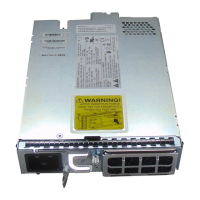
